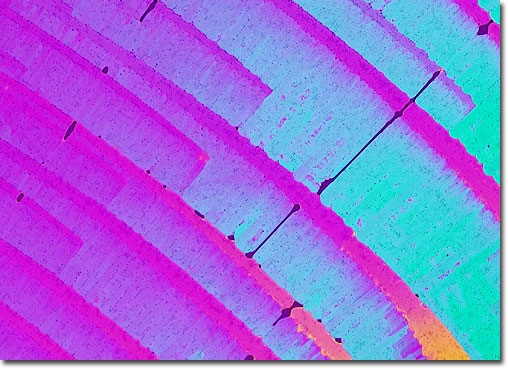|
Succinimide is a diketopyrrolidine that is prepared by rapid distillation of ammonium succinate. It and other modern anticonvulsants commonly utilized to treat epileptics generate their beneficial effects by acting on the central nervous system, which generally reduces the severity and frequency of seizures. Obtainable only by prescription and often more commonly known by the brand names Celontin and Zarontin, succinimide is available in both capsule and syrup form for oral consumption. In order for the medication to be effective, it must be consumed on a regular basis and in the proper dosage, which is often difficult to determine and may require several visits to the doctor to establish. Similar to most other drugs, a number of side effects may occur with succinimide treatment, the most common of which are nausea, vomiting, hiccups, drowsiness, and headache. Rare, but much more serious, side effects include wheezing, swollen glands, bruising, chest pain, and increased seizure activity.
|
